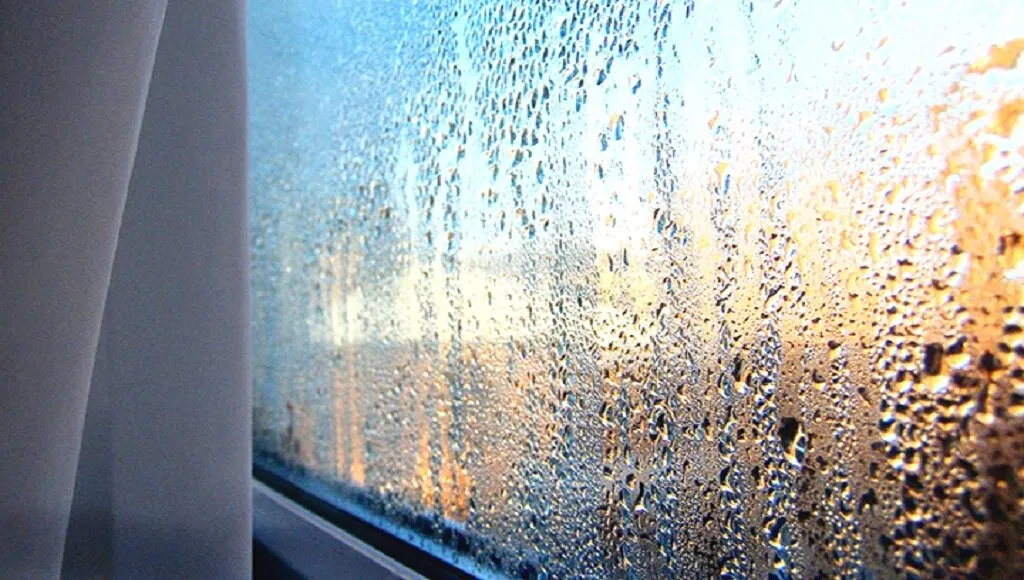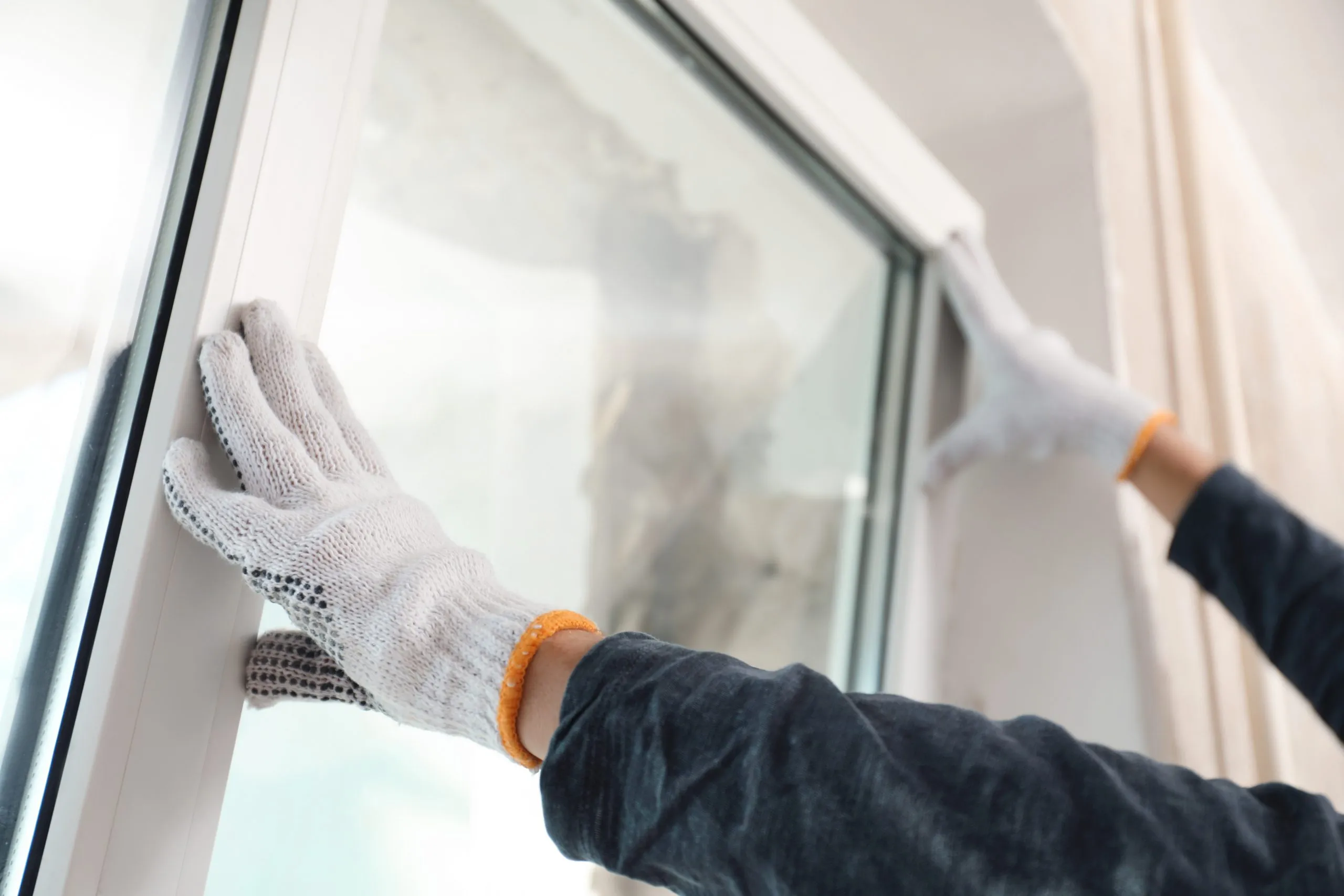When to Replace Windows Due to Glass Condensation
Condensation on window glass is a common issue that many homeowners experience, especially during colder months. While it can be concerning, condensation doesn’t always mean your windows need to be replaced. In this article, we’ll explore different types of condensation and explain when they’re normal—and when they signal the need for professional attention.
1.Condensation Between Glass Panes (Airspace Condensation)
If you notice moisture or fog trapped between the panes of a double-glazed window, it usually means the seal has failed or there are micro-cracks in the glass. To confirm this, clean both sides of the window and observe where the condensation appears. If the moisture remains between the panes for an extended period, it’s a clear sign that the insulating glass unit (IGU) is compromised and needs replacement.
Conclusion: Replacement of the IGU is necessary.
2. Interior Condensation or Fogging on the Room Side
This type of condensation typically forms at the bottom of the window, along the edges, or across the entire surface during cold weather. However, it’s often temporary. Activities like cooking, showering, or running a dishwasher can increase indoor humidity, causing windows to fog up. Once the humidity levels drop, the condensation should disappear on its own. This kind of fogging is caused by warm, moist air coming into contact with cooler glass surfaces.
Conclusion: No window replacement is needed. Improve ventilation and consider using exhaust fans or dehumidifiers.
3. Condensation Rings Inside the Glass Unit
Sometimes, ring-shaped condensation appears on the inner side of one of the panes within the IGU. This may indicate issues with the unit’s thermal performance. Potential causes include:
- Temperature differences between the glass and the surrounding air
- Contact between glass panes reducing insulation efficiency
- Elevated indoor humidity
In such cases, it’s best to have a professional assess the condition of the insulating glass unit to determine if repair or replacement is necessary.
Conclusion: Have the IGU inspected by a specialist.

4. Worn-Out Weatherstripping
Weatherstripping plays a vital role in keeping your home energy-efficient by preventing drafts and heat loss. Over time, exposure to the elements and regular use can cause it to wear out, leading to air leaks and increased condensation. At Fixhomeglass company, we offer high-quality weatherstripping replacement services to restore your windows’ performance and comfort.
5. Exterior Condensation
Occasionally, condensation appears on the outside of the window. This usually happens under specific weather conditions and does not reflect a problem with the glass itself. Common contributing factors include:
- Cooler outdoor temperatures compared to the surrounding air
- Clear night skies that allow the glass to lose heat through radiation
- High outdoor humidity
- Still air (no wind) that allows the glass to remain cool
- Low-emissivity (Low-E) coatings, which make windows more energy efficient but also more prone to exterior condensation
Conclusion: No replacement is required. Exterior condensation is a natural occurrence and not a sign of faulty windows.
Need Help Assessing Your Windows?
If you’re unsure whether the condensation on your windows is a cause for concern, Fixhomeglass company is here to help. Our team of experts can recommend the most effective solution — whether it’s repairing a failed seal, replacing a damaged IGU, or improving ventilation in your home.
Contact us today for a free consultation and let us help you maintain comfortable, energy-efficient windows all year round.
Better call Fixhomeglass +1 (630)225-3105 or visit fixhomeglass.com to schedule your appointment!





